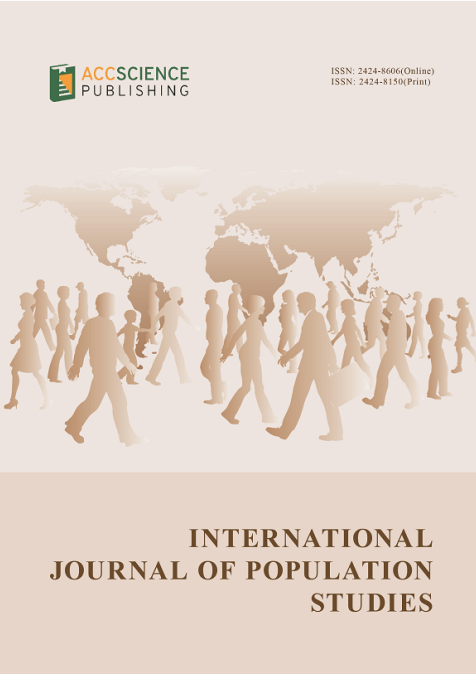Publications /
Paper in Academic Journals
This paper was originally published on accscience.com
The Coronavirus disease 19 (COVID-19) pandemic has significantly affected the global workforce, with certain occupational groups facing greater challenges than others. Atypical part-time, temporary, and gig job workers are among the most vulnerable. This paper first examines the impact of the COVID-19 health crisis on atypical/ contingent workers by firm size, industry, and region. Second, we explore the factors determining the increase/decrease of the temporary labor force at the firm level. Third, we aim to verify the empirical validity of the Schumpeterian “destruction creative” hypothesis since any crisis is associated with destroying old jobs and creating new job needs. We mobilized a firm-level database of 12,193 firms from 19 countries and a dynamic logit model methodology. Our empirical results show that atypical workers were among those most impacted by COVID-19. Results by firm size show that small firms raised the probability of increasing the level of the temporary labor force, as opposed to medium- and large-sized firms. Results by sector of activity revealed that firms operating in sectors other than construction (hotels and restaurants, retail trade, IT, transport, machinery, and equipment) were less likely to increase their temporary labor force. Geographic location is a key driver of the increase or decrease in a firm’s temporary workforce. Furthermore, insufficiently educated labor and regulations drive temporary labor variations. Finally, the Schumpeterian “creative destruction” hypothesis was empirically confirmed.








